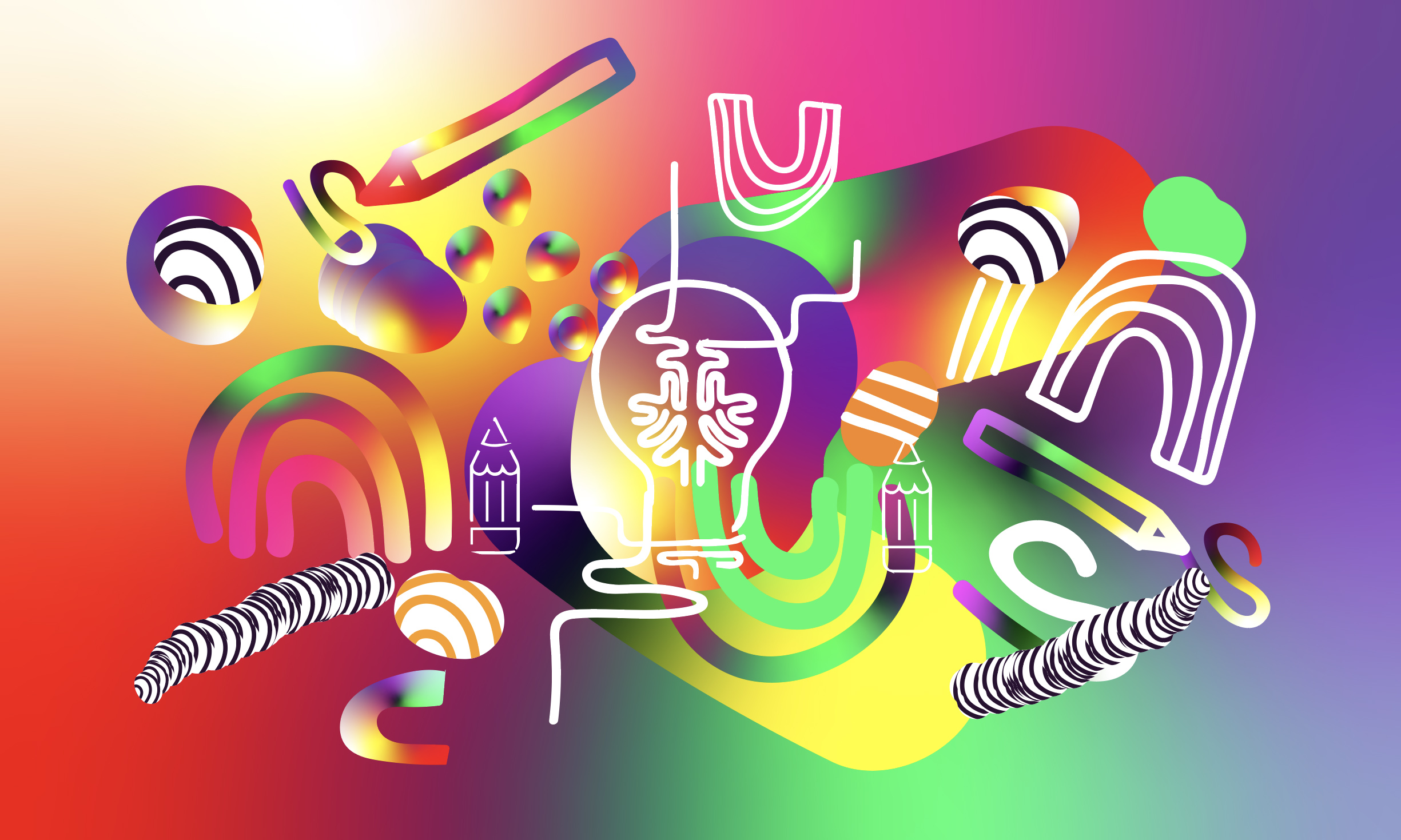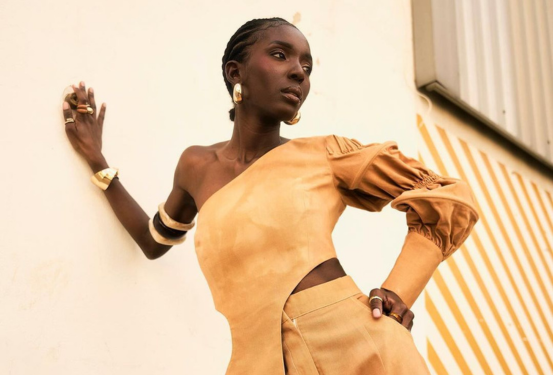When a beautiful, innocent baby is born we hail; ‘it’s a boy’ or ‘it’s a girl’.
The performance begins —You will wear pink and not blue, you will play with dolls, you will seek perfection and beauty but not bravery —what American philosopher and gender theorist, Judith Butler, dubs gender performativity; the stylised repetition of acts through time.
In early 2017 a well-known dad at a school in East Harlem, New York, surprised teachers, parents and school children in equal measure. At a talent show for elementary and middle schools, once all the kids had completed their performances, a “special surprise performance” came on. A drag queen graces the stage —long red wig. Black sequinned leotard. Feathers around her wrists. She performs an impressive impersonation of Puerto Rican dancer, singer, and entertainer Iris Chacón. The local news goes mad, most parents are offended but surprisingly one parent comments; “I thought the performance was spot on…”.
Following this story I kept asking myself; was the drag performance indeed ‘too much’ given the context, which part of it made it so? If it had been a tall beautiful, blonde, white lady, would it have inspired the same outrage? Was it the content, or the body performing the content that people found unsettling? At what age and by what means should children be introduced to realities around sexuality?
How to think about queer theory
Literary critic and social theorist Michael Warner speaks of queerness as a verb and not a noun.
We queer something when we resist regimes of normal.
This approach to queerness as something that we do and not necessarily something that we are, offers us ways of ripping off labels we have given ourselves and have been given by others.
Here I think of queerness in relation to queer theory. Queer theory as the field of post-structural critical theory that emerged in the early 1990s out of the fields of women studies and queer studies. It is impossible to talk about queer theory without talking about black feminism. Black feminist thought is the bedrock upon which these theories lie, insofar as it recognises that class oppression, gender identity, racism and sexism are all inextricably linked —when Kimberlé Crenshaw coined the term; intersectionality, it would be a precursor to a lot of the thinking around compounded identities and multiple oppressions.
Queer theory offers a set of inversions and is grounded in openness of thought. It rejects claims of how things ‘should be’ and further rejects dominant conventions. It is a struggle against cultured, policed and enforced notions:
- of the binary male/female categorisations
- that there are normal and abnormal people with normal and abnormal sexual preferences and urges
- that normal sex is always between two people of opposite genders and that normal sex is monogamous and non-commercial
- that there are stable and coherent gender expectations which are rooted in science
Molecular biophysicist and trans-activist, Julia Serano, helps us think through the sex/gender confusion through what she calls the intrinsic inclinations model of gender.
In this model, she claims that each of us has a certain sense of our psychological sex, sexual orientation as well as gender expression. In addition to these innate inclinations we are socialised and influenced in how we should find expressions. Sometimes how your brain expects your body to be, matches your physical form and sometimes it does not. The model recognises that both sex and gender are a spectrum with multiple possibilities.
Imagine you have a line chart of the spectrum of gender and you overlay it against a line chart of the spectrum of sex. What you should find is a perfectly normal variation of touch-points between gender and sex. Some people with penises will identify strongly with current inclinations associated with masculinity, some will not etc. As with any bell curve, the majority of the subjects will lie in the middle of the curve —and in this case, that happens to be were gender and sex overlap, creating the cisgender identity that most will identify with. The outlier cases at the edge of the curve are not failed attempts at what is “normal”, they are rare but perfectly normal and valid states of existence.
When we begin to understand these multiple possibilities of the relationships between gender and sex, we begin to move away from singular and modular ways of thinking. Queer readings of text as well as the theorisation of queerness offer us a language to express new ecosystems of thought and new spiritual possibilities while disarming centralised power. Through rupturing the male/female binary, those who have been actively pushed to the side-lines and plagued by shame, invisibility and inferiority can feel whole and dignified.
Queerness and the classroom
In 1872, painter, printer and lithographer John Gast produced a 324 x 425mm oil painting; “American Progress”. The painting depicts a white woman named Progress. Progress floats across a field in a white dress. On her forehead is “The Star of The Empire”, she carries a telegraph wire in one hand and a school book in the other. Progress is meant to usher in an era of modernisation and development through education. With her procession, darkness fades and a new light illuminates. White settlers follow her while indigenous people flee.
This painting is a stark representation and allegory of the attitudes of the West. Paternalistic and colonial, the aim has always been to export Western education to the rest of the world to allow the West to build empires. The venture of Macaulayism or Macaulay’s children who would be brown on the outside but white on the inside was taken very seriously. The classroom was seen as a place to manufacture homogenous products who would add to the pipeline of building empires through industrialisation.
The classroom as we know it today (as was the case a hundred years ago) enculturates children toward an urban consumerist monoculture — creating incomplete humans with partial knowledge as children are alienated from their cultures. The classroom rewards those who conform and punishes those who are different. Children are not taught to think of life as a complex web of interactions and experiences. Uniforms become cloths of oppression.
It should come as no surprise that some of the harshest, most cruel acts against those who do not conform in terms of sexual orientation happens in schools. We are not instilling values of empathy and tolerance.
This can be seen by looking at examples in our own country such as the march 2017 incident, in which a principal at a school in East London (Ulwazi High School) sent 38 girls home, with letters forcing them to ‘come out’ to their parents. Infringing on their constitutional rights, putting them under grave danger, setting an example and fortifying an environment in which sexual minorities can be ill-treated and dehumanised.
Queering the curriculum
A relatively easy approach to promoting inclusion and understanding is through changing the curriculum. The curriculum should be more comprehensive, uninhibited and relevant. History should represent previously marginalised bodies and forgotten narratives, the likes of: Marsha P Johnson, the American gay liberation activist and founding member of the Gay Liberation Front as well as the Street Transvestite Action Revolutionaries, Sylvia Rivera, founding member of the Gay Activists Alliance, Lili Elbe, one of the first transgender women to receive sex reassignment surgery in 1930 and the late Tseko Simon Nkoli, an anti-apartheid, gay rights and AIDS activist from Soweto. The same applies to other disciplines such as maths and science, where by simply teaching about the contribution of marginalised queer identities we start to open up the canon.
The broader classroom
Our ideas around how to create safer spaces of existence for those who identify as queer need to be wide ranging. How do we begin to think of the intersection between queerness and the church? Is it possible to queer the Christian Sunday school classroom? How do we queer the Islamic Madrassa? What about Ukuthwasa (Sangoma training schools) or traditional initiation schools? If the outrage and backlash that followed Inxeba: The Wound is anything to go by, we are still a long way from expanding our notions on how religion, culture and tradition can be expanded to become inclusive and more humane.
Queerness and empathy
At the heart of our varying ideas of what it means to queer the classroom, our efforts should be guided by a need to nurture a new tribe of compassionate, empathetic and spirited children. Because what is truly cruel and immoral is living in a society that brands millions of young people as inadequate, abnormal and unworthy of love on the basis of skin colour, sexual orientation, class or any other dehumanising marker.



















































